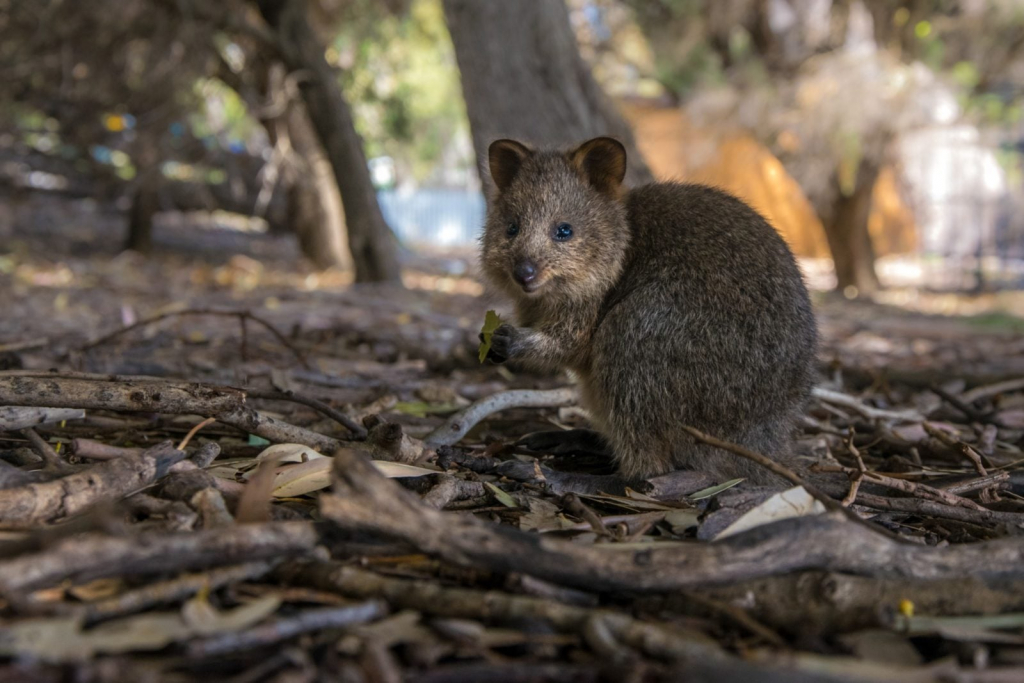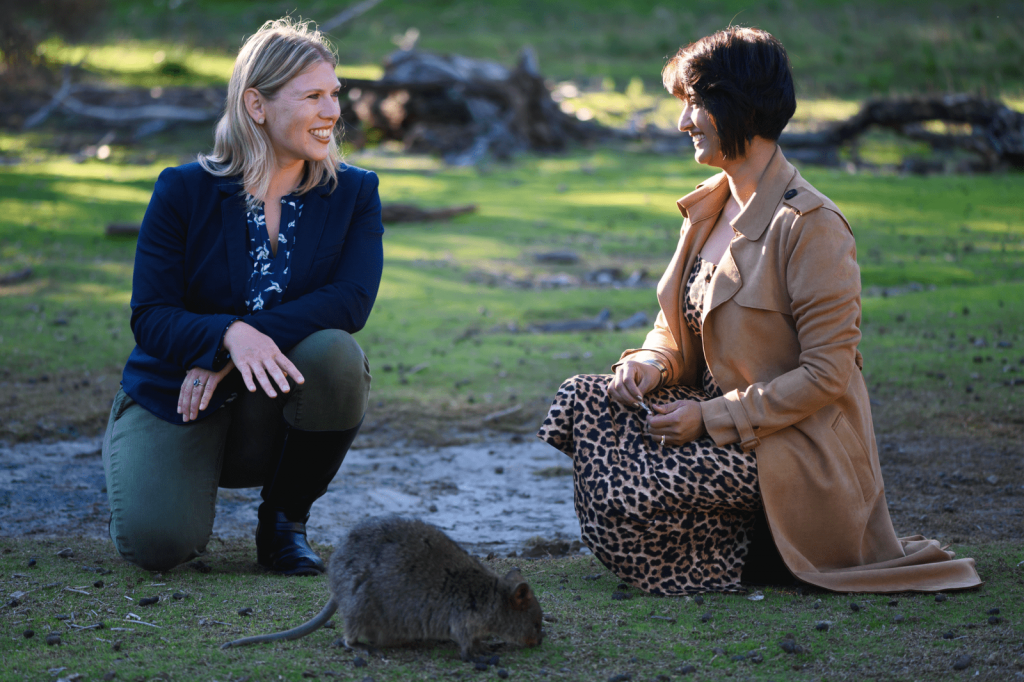Microsoft AI for Earth boosts DNA research for species at risk of extinction.
The adorable quokka, which more than 770,000 people travel to visit annually, is at risk of extinction.
Just like mini kangaroos, quokkas of Rottnest Island hop about and raise their babies in pouches. Physically, they have chubby cheeks, pointy ears, big brown eyes, and tiny mouths that always seem to smile. As far as furry little critters go, they have real star power.
But their cuteness is not an exemption for being extinct.

The International Union for the Conservation of Nature (ICUN) has classified the quokka as “vulnerable” on its Red List of 28,000 species threatened with extinction.
Scientists wanted to know more about these animals and are turning to digital technologies to help find out. Their initial focus is on Rottnest, a small island just off the coast from Western Australia’s state capital, Perth.
It is one of the few places where quokkas are doing well. But unlike the hundreds of thousands of day-trippers who go there every year, the researchers aren’t taking selfies with the friendly, cat-sized marsupials.
Instead, they’re after quokka “scat” – a polite biological term for their droppings. More precisely, they want to study the DNA that those droppings contain.
Microsoft recently awarded an AI for Earth Compute Grant to the University of Western Australia (UWA) to study quokkas with new methods that could accelerate research into other threatened and endangered species around the world.
The UWA team has planned to trial a program to monitor at-risk species in faster and cheaper ways using specially designed “scat drones” along with high-powered cloud computing.
“A scat drone has a little probe attached to it for DNA analysis. It can go and look for scat samples around the island, and analyze them in real-time for us,” says UWA associate professor, Parwinder Kaur who is leading the research. This initial information can then be sequenced and analyzed further in the cloud with the help of machine learning and artificial intelligence.

The quokka project is part of an initiative by DNA Zoo, a global organization made up of more than 55 collaborators in eight countries. It aims to use new digital technologies and scientific rigor to facilitate conservation efforts to help slow, and perhaps one day, halt extinction rates around the world.
The United Nations estimated that around 1 million plant and animal species are now at risk of dying out. Scientists wants to prevent that catastrophe by better understanding the complex forces that drive extinctions. To do that, they need lots of data. Just as importantly, they need ways to process and analyze that data on a massive scale.
“It’s a classic big data challenge,” explained Dr. Kaur, who is also a director of DNA Zoo’s Australian node. “The genome of a single mammal may run to 3.2 gigabytes (GB).”
“To properly understand the genome, it needs to be read 50 times – creating a 172 GB data challenge for a single animal. Multiply that challenge across entire populations of threatened species and the scale of the computing and analysis problem is clear.”
“By using supercomputing power and also Microsoft cloud, artificial intelligence, and machine learning, we hope to automate and accelerate genome assemblies and subsequent analyses.”
With their AI for Earth grant, DNA Zoo will use the cloud to democratize genome assemblies worldwide. It will also come up with insights to help protect and preserve species that are now at risk.
Importantly, data collected through the DNA Zoo program is open source. When it is shared with other open-source data collections, machine learning can search for patterns that, in turn, can reveal new insights into the health and condition of species populations.
This sort of comparative genomics means scientists can study the DNA of a threatened species or population alongside those which appear to thrive in the same or similar habitats. Ultimately, that will help researchers learn more about how to slow or reverse population decline.
Among other things, the researchers will be looking for genetic clues that might help explain why quokkas thrived on Rottnest but struggle on the Western Australian mainland, just 22 kilometers (13.6 miles) away.
Before Europeans started settling this part of Australia less than two centuries ago, quokkas were common across much of the bottom end of the state. But today’s mainland populations have dropped dramatically.
The species now exists in only small scattered mainland locations and two offshore islands, including Rottnest, where they are out of the reach of dangers, such as introduced predators, like wild cats, dogs, and foxes, as well as habitat loss from urbanization and agriculture.
Michelle Reynolds, executive director of the Rottnest Island Authority, said that the island’s quokka population is a much-loved conservation target. “We welcome the support from Microsoft, DNA Zoo, and UWA that will add to our knowledge of the quokka in ensuring its ongoing survival,” she said.
Studying the quokka is just the start for DNA Zoo Australia, which plans to focus its efforts on the country’s top 40 most threatened mammals.
“In the last 200 years, we’ve lost more than 30 species,” said Dr. Kaur. “It’s critical that we act now and join hands with the global initiatives where we can empower our genetically and developmentally unique Australian species with genomic resources.”
Jennifer Marsman, principal engineer on Microsoft’s AI for Earth program, argued that “preserving biodiversity is one of the most important challenges facing scientists today.”

“By putting AI in the hands of researchers and organizations, we can use important data insights to help solve important issues related to water, agriculture, biodiversity, and climate change.”
“AI for Earth is more than just grants. Microsoft is helping to bring transformative solutions to commercial scale and offering open-source API solutions to help organizations everywhere boost their impact.”
